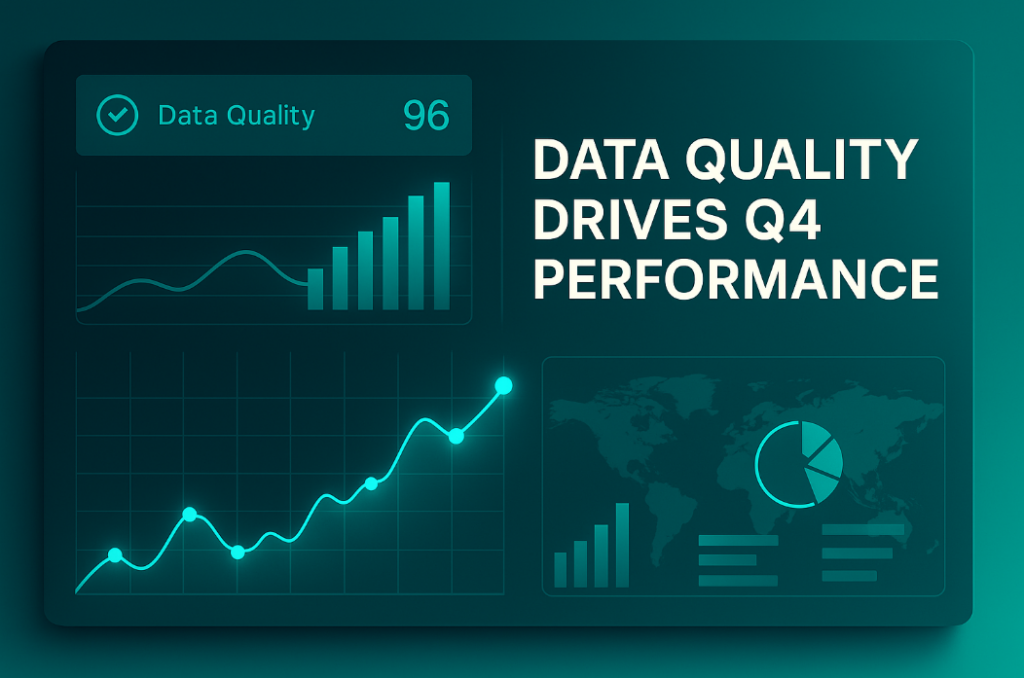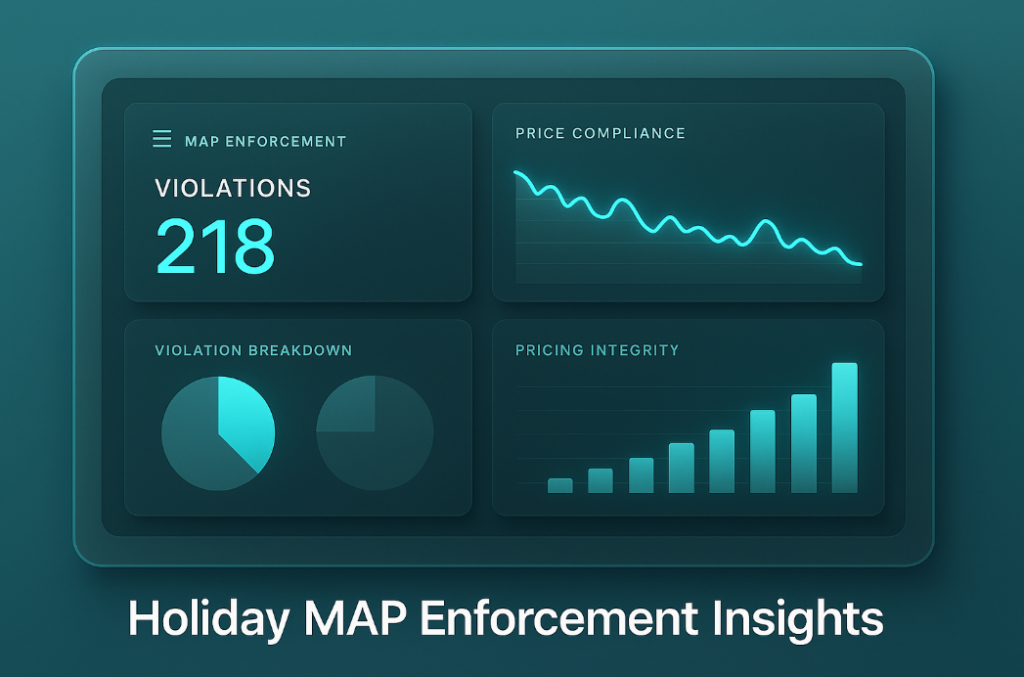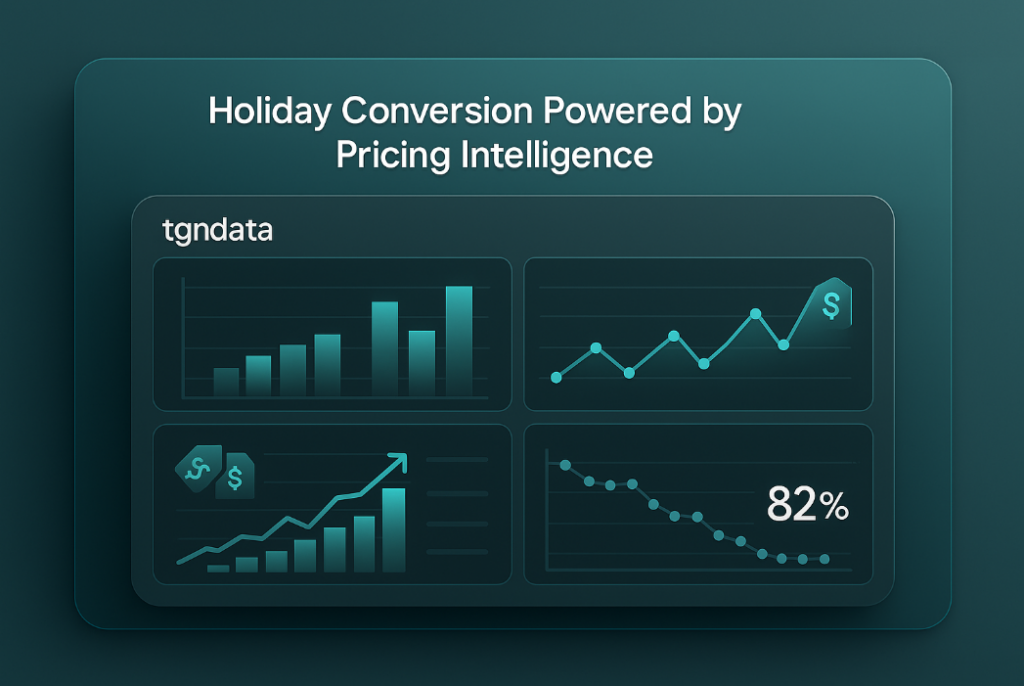- Product
- Solution for
For Your Industry
- Plans & Pricing
- Company
- Resources
For Your Industry
Pricing data has become a core strategic asset for retailers, brands and eCommerce companies. Market conditions change rapidly, competitors adjust prices frequently and customers compare options across channels instantly. Teams need high accuracy competitive data that arrives reliably and integrates seamlessly with their pricing systems and analytics workflows. Yet one of the most important decisions pricing leaders must make is selecting the right method for receiving that competitive data. They must decide between using an API delivery model or a platform based experience.
This article provides a complete evaluation of the two primary pricing data delivery models, API and platform, and explains which option best supports different business needs. It explores the strengths, limitations and ideal use cases of each approach while providing technical, operational and strategic guidance for pricing managers and eCommerce teams. The goal is to help organizations choose the delivery method that improves decision speed, supports automation and helps pricing teams extract maximum value from competitive intelligence.
The keyphrase API vs. platform appears throughout this article to support search visibility. The discussion covers technology design, integration requirements, scalability, analytics and cross functional workflows. By the end, you will have a clear understanding of which pricing data delivery method works best for your organization.

Pricing data delivery is often overlooked, yet it has a major impact on accuracy, integration speed and decision quality. Competitive intelligence becomes useful only when pricing teams can access it at the right time and in the right format.
A poor delivery method creates:
Slow reaction time
Manual data manipulation
Fragmented data sources
Unreliable historical tracking
Delays in pricing automation
Mismatched formats across systems
A strong delivery method creates:
Fast and reliable competitive monitoring
Smooth integration with dynamic pricing engines
Improved forecasting accuracy
Automated reporting and alerts
Stronger decision confidence
Better cross team collaboration
API vs. platform is not simply a technical decision. It shapes how your pricing organization operates and how effectively you can stay ahead of competitor movements.
Most pricing intelligence vendors deliver data through either an API or a platform interface. Although they serve the same goal, they work very differently.
An API is a technical interface that allows your internal systems to request and receive competitive data automatically. APIs deliver structured, machine ready data for direct use in:
Pricing engines
ERP and PIM systems
Data warehouses
BI dashboards
AI and forecasting models
APIs require technical integration but offer high flexibility and automation.
A platform is a web based interface provided by a pricing intelligence partner. It typically includes:
Dashboards
Charts
Price index visualization
Promotion tracking
Alerts
Reports
Market insights
Platforms require no engineering work. They are easy for analysts and managers to use and provide visual context.
The API serves machines. The platform serves people.
Both are valuable, yet they solve different challenges.
API users include:
Data engineers
Pricing automation teams
BI developers
Advanced analysts
Platform users include:
Pricing managers
Category managers
Merchandisers
Analysts
Executives
Each group benefits from a different delivery model.
APIs excel when speed, automation and system integration matter more than visual analysis. Teams with mature data pipelines and pricing engines often prefer the API approach.
APIs deliver data directly into repricing engines. This allows:
Hourly or daily competitive updates
Real time price index calculations
Automated triggers for rule based pricing
Full automation without manual steps
If your pricing strategy relies on automation, the API is the natural choice.
Teams using tools like Snowflake, Databricks or Power BI benefit from API data because it flows directly into:
Dashboards
Forecasting models
Margin analysis tools
Executive reporting
The API ensures data freshness and consistency across all systems.
Enterprise environments often require structured pipelines that connect:
ERP
PIM
OMS
Custom pricing engines
APIs integrate seamlessly with these systems.
Large SKU catalogs require industrial-scale data delivery. APIs handle high volumes without performance issues.
Fast changing categories such as electronics and FMCG perform better with API based inputs.
Platforms excel when visual clarity and ease of use matter most. Teams that want fast insights without technical integration benefit greatly from platform tools.
Platforms provide:
Visual competitive dashboards
Promotion tracking
Stockout insights
Product matching review
Marketplace seller dynamics
These features help category managers diagnose market changes quickly.
Platforms require no integration work. Teams can start analyzing competitor data instantly.
Many teams do not need full automation. They simply need clear, reliable visibility that helps shape pricing decisions.
Most platforms include executive ready dashboards with:
Price index summaries
Top competitor movements
Margin impact analysis
Seasonal trend visualization
This supports leadership level discussions.
Platforms show relationships and trends that raw data does not reveal. Visual insights often spark better questions and more strategic direction.
Integration plays a central role in API vs. platform decisions.
APIs connect directly to:
Dynamic pricing engines
BI dashboards
Data warehouses
Automation scripts
This is essential for continuous pricing optimization.
Platforms offer:
Export tools
Scheduled reports
Downloadable datasets
These are useful but limited compared to APIs.
Many teams use both:
API for automation
Platform for exploration
This hybrid approach is common in mature organizations.
Internal capabilities influence delivery model choice.
Teams need:
Data engineering
API development
ETL workflows
System maintenance
Without these skills, API adoption may be challenging.
This makes platforms ideal for:
Merchandising
Category management
Manual pricing teams
Platforms democratize access to competitive intelligence.
Teams often start with a platform and add API capabilities as their data maturity grows.
AI models depend on structured, high frequency data, which APIs provide best.
AI cannot replicate human intuition. Platforms help teams see context, relationships and anomalies.
Most AI driven pricing environments use:
API for data ingestion
Platform for human validation
This preserves accuracy and control.
Many organizations benefit most from combining API and platform delivery.
A hybrid pricing data strategy brings together the strengths of automation and the strengths of human judgment. Automation provides the speed and consistency required to manage large assortments, fast moving categories and frequent competitor changes. Automated systems process competitive inputs, calculate price indexes and trigger rule based adjustments without delay.
Human insight adds interpretation, context and strategic oversight. Pricing teams review anomalies, assess unusual competitor behavior and confirm whether automated adjustments support broader business goals. This combination creates a pricing framework that is fast, reliable and thoughtful. It allows teams to respond quickly while preserving control over key decisions.
A hybrid approach also supports collaboration across the entire organization. Leadership relies on platform dashboards to monitor high level performance trends, market positioning and category-level movements.
Analysts use platform insights to investigate pricing issues, study promotion patterns and conduct ad hoc research. Engineering teams rely on API pipelines to feed competitive data into internal systems, dynamic pricing engines and forecasting models.
Pricing teams use automated decision rules to maintain price accuracy and protect margin. When all teams access the same competitive data through their preferred delivery method, the organization benefits from unified intelligence and consistent decision making.
Hybrid pricing data systems work best when API and platform delivery models follow the same governance standards. Both delivery paths must maintain identical accuracy levels, freshness schedules and validation processes. This ensures that no matter how users consume the data, they can trust its reliability.
Unified governance also simplifies compliance, auditing and long term maintenance. When a single quality framework supports all delivery methods, teams avoid discrepancies between datasets and reduce operational risk. Hybrid systems deliver their strongest performance when they operate under one shared rule set that defines how data is collected, cleaned, validated and delivered.
Choosing between an API vs. platform data delivery model is one of the most important decisions for any pricing organization. APIs provide automation, scalability and system integration. Platforms provide insight, visibility and fast adoption. The right choice depends on your team’s maturity, technical environment and strategic goals.
A strong pricing intelligence partner provides both delivery models with the same high accuracy data that supports competitive visibility, pricing automation and advanced analytics. If your team is ready to strengthen your pricing data workflows and adopt a delivery model that supports your long term goals, tgndata provides scalable APIs, intuitive platforms and enterprise ready competitive intelligence solutions.
Contact tgndata to modernize your data delivery approach and accelerate your pricing performance.













Missing an important marketplace?
Send us your request to add it!